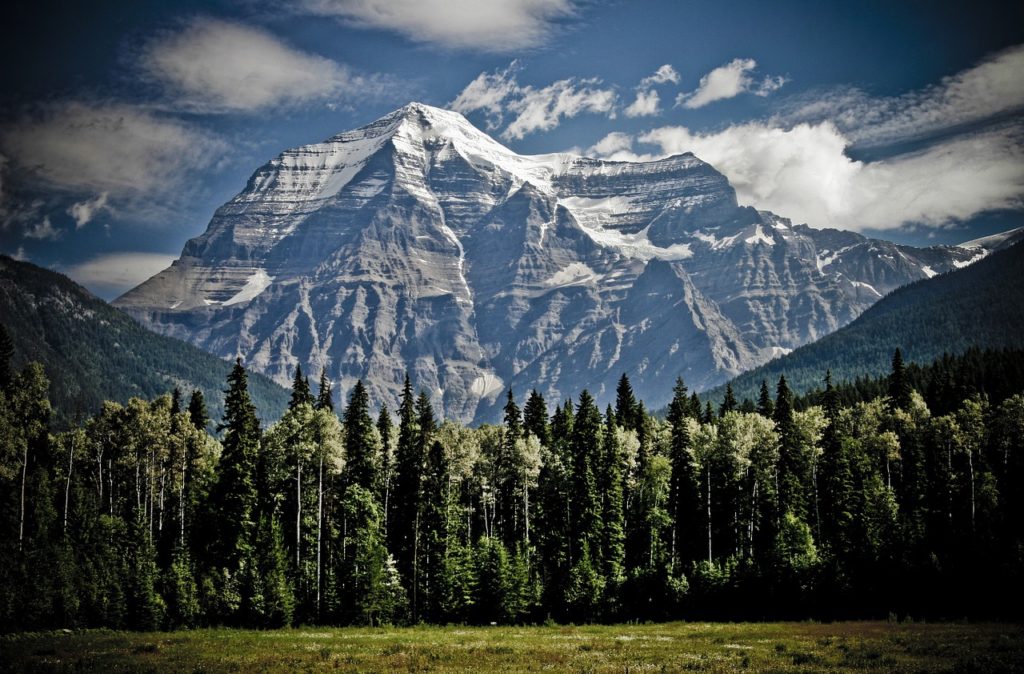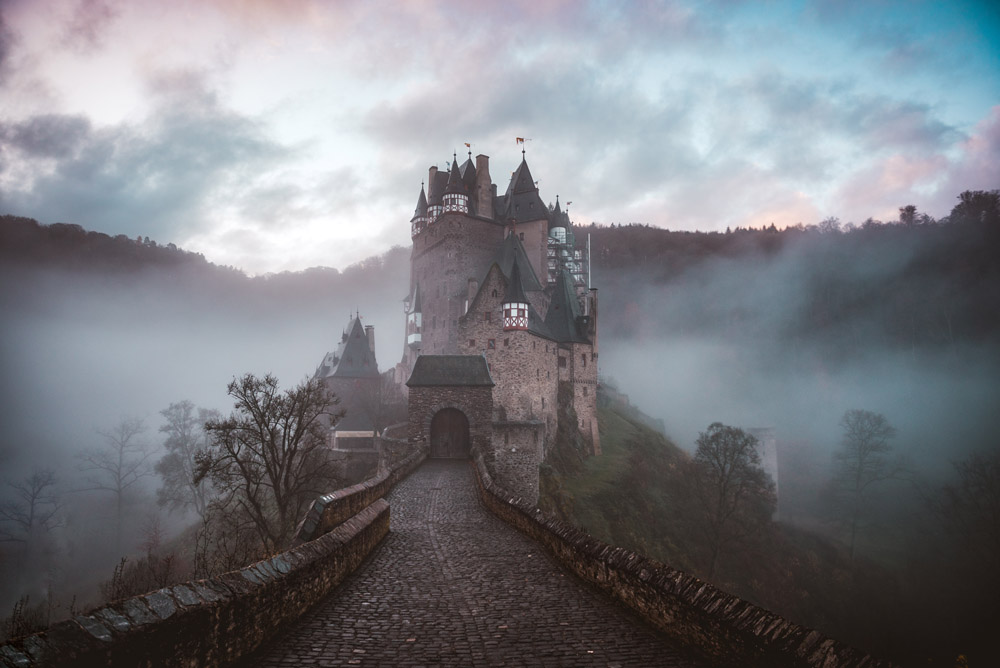Note: the following article on spatio-temporal ambiguities in John Richardson’s Wacousta is a modified excerpt from the article “The ‘New World’ Gothic Monster: Spatio-Temporal Ambiguities, Male Bonding, and Nation in John Richardson’s Wacousta”, co-authored with Matti Savolainen. Savolainen, Matti & Mehtonen, Päivi (ed & intr.). Gothic Topographies – Language, Nation Building and Race. Farnham, UK: Ashgate Publishing, 2013
For a list of my other academic publications, see here.
Scholarly work on Canadian literature has drawn attention to the Canadian landscape, and rightfully so. With the vast icy emptiness of the north and the depressing isolation of its individual settlements, it functions as a peculiar Gothic villain.
Here, nature itself becomes a monster (Atwood 3, 19, 35, 88); an “Other”, that in its sublime characteristics inspires both terror and awe, and at the same time serves the purpose of self-definition by instigating the individual’s assessing their place in this new world. This process occurs on an unconscious level, and it is here that the Gothic, as a mode, can be detected at its greatest uniqueness.


